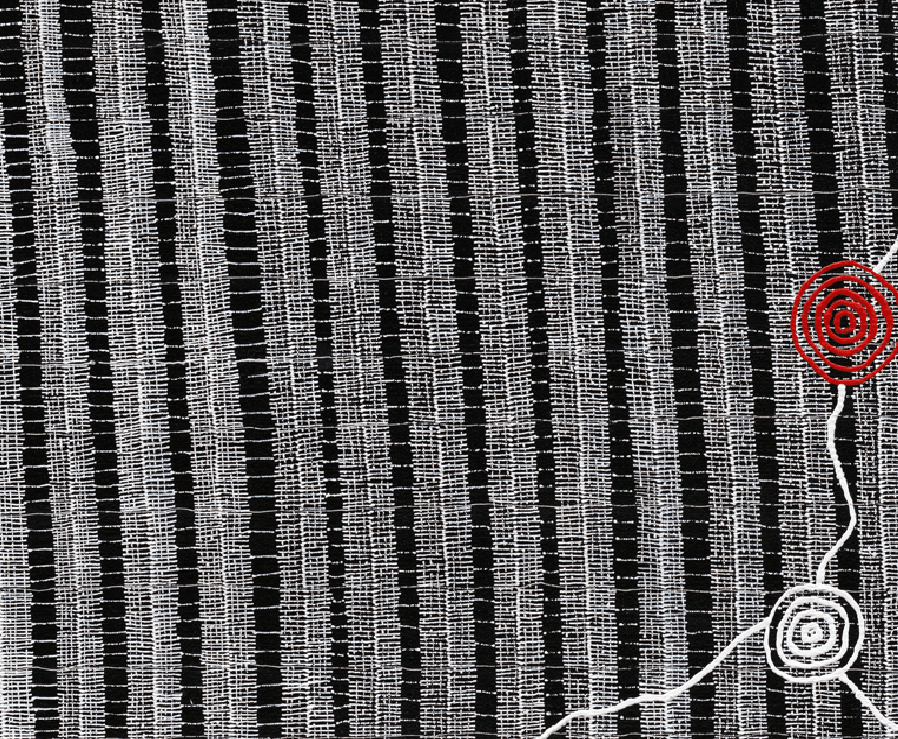Dramatic reforms to the aged care sector are underway following a Royal Commission. The reforms underpin the generational change required to transform Australia’s aged-care system and will de-institutionalise the past aged-care model, putting the well-being of older Australians at the front and centre.
The Royal Commission made over 140 recommendations, including creating and adopting a comprehensive set of ‘National Aged Care Design Principles and Guidelines’ to guide the sector in developing quality aged care homes.
The physical environment in a residential aged care setting greatly influences its residents’ sense of well-being, autonomy, choice and control, and ability to engage. This is particularly true for senior Australians with dementia.
Dementia is, and will continue to be, a key driver of demand for residential aged care, and its prevalence is likely to increase due to an ageing population.
According to Dementia Australia, over two-thirds (68.1%) of aged care residents have moderate to severe cognitive impairment. Yet, there is no national standard for dementia-friendly design, and less than half of Australia’s residential aged care facilities have adopted a dementia-friendly environment.
If design is neglected, obsolete architectural models will undermine the best efforts to reform the models of care.
Increasing demand for aged care
In 1909, life expectancy at birth was 57 years. Today, it exceeds 80 years; that’s an extra 20-odd year of life in just over 100 years! With Australians living longer than ever, there will be an increasing need for aged care and a growing expectation from the public that these services will be of high quality.
The property industry needs to anticipate this societal shift as many more Australians from the baby boom era transition into aged care over the next ten years.
As the Royal Commission Report outlines, the aged care sector requires significant structural reform to deliver on community expectations regarding the quality and safety of services while ensuring that it is clinically, economically and operationally sustainable over the long term.
Current design & construction standards
The current standard for the construction of aged care facilities is the National Construction Code (NCC) which sets out the minimum requirements for the design and construction of all building work across Australia. However, the NCC primarily relates to the building’s construction and is limited in its guidance on internal fit-out and furniture placement. The accessibility standards within the NCC predominantly relate to entry and exit access points.
Adopting new national design standards for aged care that address accessibility and dementia-friendly design will help guide aged care providers and technical experts, including architects, in designing new or refurbishing existing residential aged care accommodations.
National design standards should also complement the newly introduced Aged Care Quality Standards, which mandates that aged care providers must ensure their service environment is welcoming, easy to understand, its furniture, fittings and equipment are safe, clean, and well maintained, and the design enables senior Australians to move freely, both indoors and outdoors.
Together, the two quality systems will work as a benchmark for whether an aged care home’s physical environment meets the appropriate quality and safety standards and empower senior Australians to make more informed choices by allowing comparison between residential aged care facilities based on their adherence to the design standards.
What will the new aged care model look like?
The built environment can stifle freedom of movement, dignity, choice, and other rights or facilitate a sense of purpose and freedom.
Evidence provided to the Royal Commission indicates that good design in residential aged care, particularly for people with dementia, consists of smaller, lower-density living arrangements with a homely feel rather than larger institutional settings.
To combat loneliness, the design must connect residents with the community by integrating shared facilities and adopting technology.
Good design should allow residents to embrace new ways of living and increase their social interactions and physical activity. Various usable community spaces offering a choice of activities will elevate boredom, provide meaning, and improve quality of life.
To foster a more intimate setting, residents’ bedrooms must be customisable. For example, residents should be able to furnish their rooms with their own furniture, art, and belongings.
Mixed development settings with integrated aged care facilities, health services, and other community activities will allow developers to provide smaller aged care homes while achieving economies of scale. In addition, residents can interact more with the community through shared facilities like pools, cafes, and community halls.
Design should provide for the specific requirements of the communities they serve, whether those communities represent geographic diversity, including urban, rural, remote, and Indigenous communities, social and cultural diversity, those with mental illness, people living with a disability, and others financially or socially disadvantaged.
Sustainable design will play a key role in the new aged care model to drive operational efficiencies, increase resident well-being through integration with nature, and allow operators to stand out competitively through ratings tools and certifications such as NABERS, Green Star, BEEC, WERS, and WELL.
Research shows that older people who are more connected with nature are happier and more likely to report feeling their lives are worthwhile. Nature can generate many positive emotions, such as calmness, joy, and creativity and can facilitate concentration. Time outdoors also helps prevent “sundowning” – people with dementia may become more confused, restless, or insecure late in the afternoon or early evening. Nature connectedness is also associated with lower levels of poor mental health, notably lower depression and anxiety.
As such, integrated green spaces, community vegetable gardens, planted roofs, green facades, roadside trees, and more extensive green infrastructure like parks and wetlands will become more integrated into aged care design.
The adoption of new technologies
Technology adoption will continue to shape the sector, providing solutions for an industry plagued by labour shortages.
New technologies that balance monitoring and privacy and provide risk management solutions will significantly foster increased choice and dignity for older Australians by allowing residents to communicate their specific needs.
Wearable biomedical devices and monitoring points can help capture health data, such as blood pressure, glucose levels, weight, and body temperature, for examination and follow-up by healthcare providers or prompt a worker to act and track the moments of dementia residents.
Location services allow carers to know who is closest to the resident to assist quickly and the location of the nearest required piece of equipment.
Virtual reality can allow seniors to virtually experience another country or go to a game or concert. Technology will enable fans to choose their digital seats and move around the field to see the game from different vantage points – using virtual headsets in their living rooms.
Adopting artificial intelligence, which can memorise routines such as turning on the morning news and preparing a cup of coffee, will give residents more autonomy.
Assistive robots can carry out daily activities such as delivering meals and linen, cleaning up, or helping residents use the bathroom.
The interaction of smart technology with the built environment and caregiving can drastically improve the quality of services and the quality of life for residents.
Managing and controlling all the building’s operational technology in concert with each other, energy and operational efficiency can be maximised while enhancing occupant productivity and well-being.
IoTs (Internet of Things), the term for physical objects that can communicate with the network independently of human action, has the potential to save energy consumption by cutting heating and electricity costs, thus, making facilities more efficient and, therefore, more affordable. IoTs that drive ‘connected homes’ will allow operators to program lights, adjust heating and cooling, automate windows and doors, and adjust blinds.
Smart sensors can check for issues like water damage, pest infestation, and harmful emissions – alerting operators to any potential problems before they become far costlier to manage. While AI-driven technology in security systems, such as facial recognition, will increase the safety of residents.
It’s not just the health sector adapting to this societal shift – it’s also developers, designers, architects, and other consultants who play a vital part in creating a higher quality of life for senior Australians, and it’s clear we must work together to shape a new era of aged care.
Cameron Hay is an Associate Director at our Sydney office.
Image credit: Aged Care at Mark Moran Warawee





